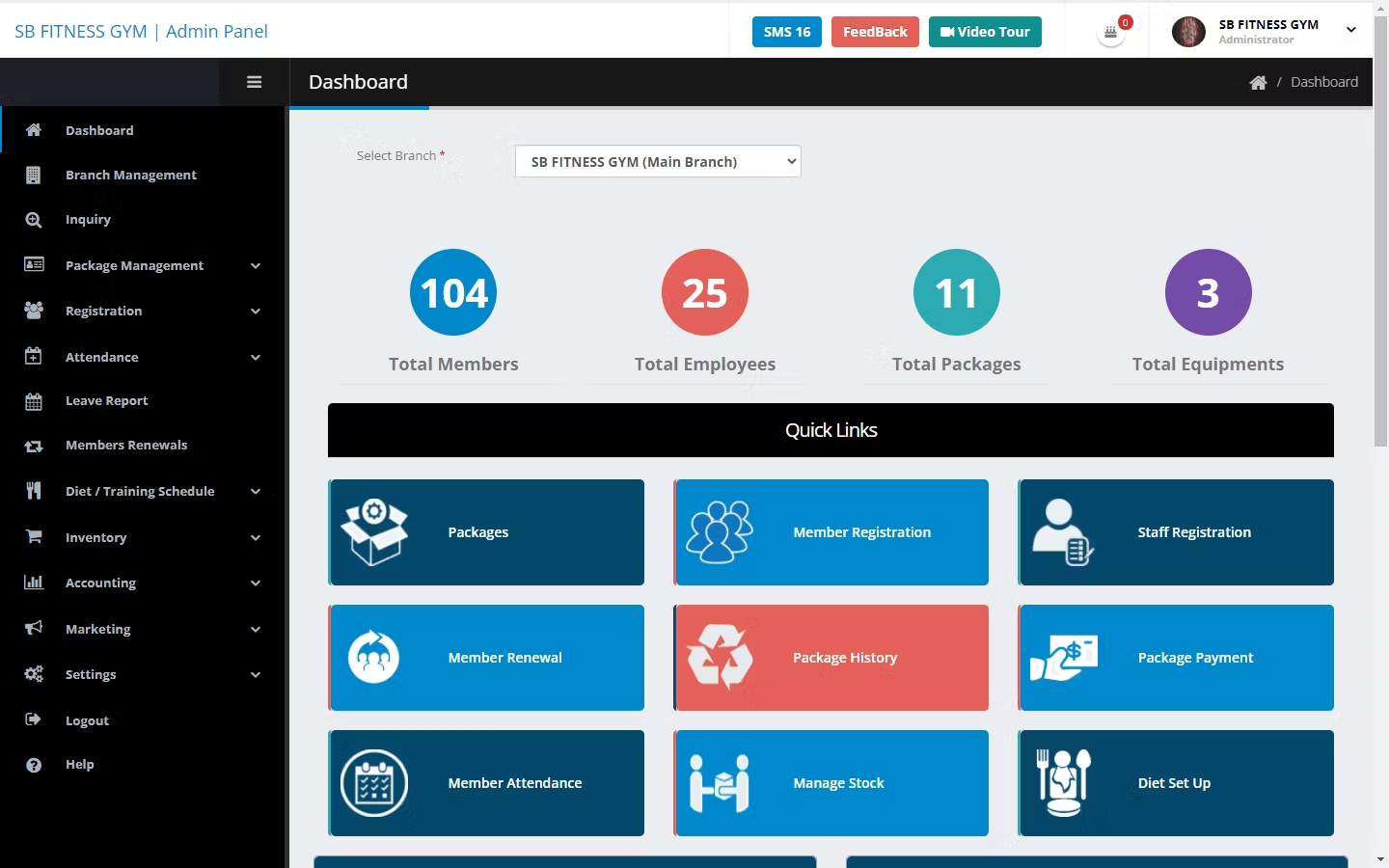Attendance Management Solutions
Attendance Management Solutions – Complete 2025 Guide
What is an Attendance Management System?
An Attendance Management System (AMS) is a digital solution designed to automatically record, monitor, and manage employee or member attendance. It replaces manual processes with automated tracking through mobile apps, biometric devices, web portals, or cloud-based tools. These systems are widely used in gyms, offices, schools, factories, and remote teams.
Benefits of Attendance Management Solutions
1. Accurate Attendance Tracking
Minimizes human errors in timekeeping
Automatically captures check-in and check-out data
Ensures reliable attendance logs for payroll and audits
2. Improved Efficiency
Saves time for HR and admin teams
Reduces the burden of manual record-keeping
Automates leave requests and approvals
3. Real-Time Monitoring
Offers instant updates on attendance status
Tracks location and time through GPS or geofencing
Enables managers to act on absenteeism and shift delays
4. Cost Reduction
Prevents time theft and “buddy punching”
Streamlines payroll calculations
Reduces overhead costs in workforce administration
5. Compliance with Labor Laws
Automatically tracks overtime, breaks, and hours worked
Helps companies meet local labor regulations
Stores attendance logs securely for audit trails
6. Seamless Integration
Connects with payroll, HR, and performance systems
Syncs data across platforms in real-time
Provides a unified view of workforce data
7. Enhanced Transparency
Self-service portals for employees to view attendance records
Builds trust with accurate and accessible data
Allows individuals to manage shifts, leave, and corrections
8. Suitable for All Work Environments
Supports in-office, remote, and hybrid work models
Enables check-ins via mobile, web, or biometric terminals
Useful for businesses with multiple locations or field teams
Key Features to Include in 2025
1. Mobile App-Based Attendance
Employees or members can clock in/out using mobile apps
GPS-enabled tracking for remote or field workers
Supports push notifications and reminders
2. Biometric Authentication
Fingerprint, facial recognition, or iris scanning
Prevents proxy attendance or buddy punching
Ensures secure and hygienic check-ins
3. Web Portal Access
Web-based login for employees working from desktops
Dashboard with access to attendance, leave, and reports
Easy to manage across multiple departments
4. Geofencing and Location Tracking
Attendance based on entering a predefined location
Ideal for outdoor, remote, or delivery teams
Provides proof of presence and route tracking
5. Automated Timesheets
Auto-generates timesheets based on attendance logs
Reduces admin workload
Ready for integration with payroll systems
6. Real-Time Reports and Analytics
Dashboards with attendance trends and patterns
Department-wise, shift-wise, and employee-level reporting
Helps in resource planning and performance evaluation
7. Shift and Schedule Management
Assigns shifts based on roles, availability, or workload
Sends automated alerts for shift changes
Supports rotational or fixed scheduling
8. Leave and Absence Management
Employees can apply for leave directly through the portal
Managers get notifications for approval
Leave records sync with attendance logs automatically
9. Cloud-Based Data Storage
Stores attendance securely in the cloud
Accessible from anywhere, anytime
Offers data backup and recovery features
10. Custom Policy Configuration
Set up custom rules for different departments or teams
Define working hours, overtime, break durations, and holidays
Compliant with local and international regulations
Suggested Use Cases
Gyms and Fitness Centers: Track member and trainer attendance, limit access after missed sessions
Corporate Offices: Monitor in-office and hybrid work patterns
Educational Institutions: Record student and teacher presence automatically
Factories and Warehouses: Shift tracking, overtime monitoring, and compliance
Remote and Field Teams: Use GPS-based clock-ins for location-specific work
How to Choose the Right Solution
1. User-Friendly Interface
Simple dashboards for both employees and administrators
Easy onboarding and training for staff
2. Integration Capabilities
Should work seamlessly with existing HR and payroll systems
Must support API access or third-party tools
3. Mobile and Web Accessibility
Should offer flexible access across devices
Important for remote or multi-location environments
4. Security and Compliance
Must use secure authentication and data encryption
Should comply with GDPR, labor laws, and data privacy norms
5. Scalability
Capable of supporting growing teams and locations
Suitable for businesses of all sizes
6. Reporting Tools
Must offer customizable and downloadable reports
Should provide live data for quick decision-making
